Computer Games Showcase Highlights New Games Built by CS Seniors
Attendees wade into a CS mosh pit and play the final projects developed by computer science seniors in EECS 494, Computer Game Design and Development.
On December 12th, Tishman Hall in the Beyster Building hosted the ever-popular Computer Games Showcase, which allows attendees to wade into a CS mosh pit and play the final projects developed by computer science seniors in EECS 494, Computer Game Design and Development.
The student presenters for this year’s showcase pulled out all the stops, not only creating great games but also bringing props and posters and arriving in costume. Attendees were able to hear presentations by the students about the games and had plenty of time before and after to mix and play the games.
The students developed the games over the course of a six-week time period using the Unity game engine.
But according to EECS 494 instructor Austin Yarger, the course is about much more than learning the tools and practices for building videogames.
“Early this fall, we held some off campus field trips in order to introduce the students to Ann Arbor’s entrepreneurial scene and demonstrate for them the potential impact and non-gaming applications of what they would be learning in the course,” said Yarger.
And because game design (and other real-world CS projects) requires teamwork, Yarger also encouraged students to participate in a virtual town-building exercise in MineCraft. “For extra credit, we asked students to build homes in our shared Minecraft world, 494Ville,” he said. “Those who built their homes with a fellow classmate got bonus points. The purpose was to get students to meet one another early on as a precursor to the teamwork required to build final projects in EECS 494.” An alternate team-building exercise was provided for students who didn’t own the game.
EECS 494 is both a technical and design course. In the past, lectures have been devoted almost exclusively to teaching design at a high-level, leaving students to master the technical challenges of game-development on their own. To better serve students with the technical aspects of game development, Yarger this year devoted a minimum of 30 minutes of each lecture (and often much more) purely for technical demonstrations.
“The games this year were fantastic, and the students really had a great time despite the difficulty of the course,” said Yarger. “Their work is something to be proud of, and many of the games will be archived for anyone to play in the Michigames Arcade on the first floor of the Beyster Building.”
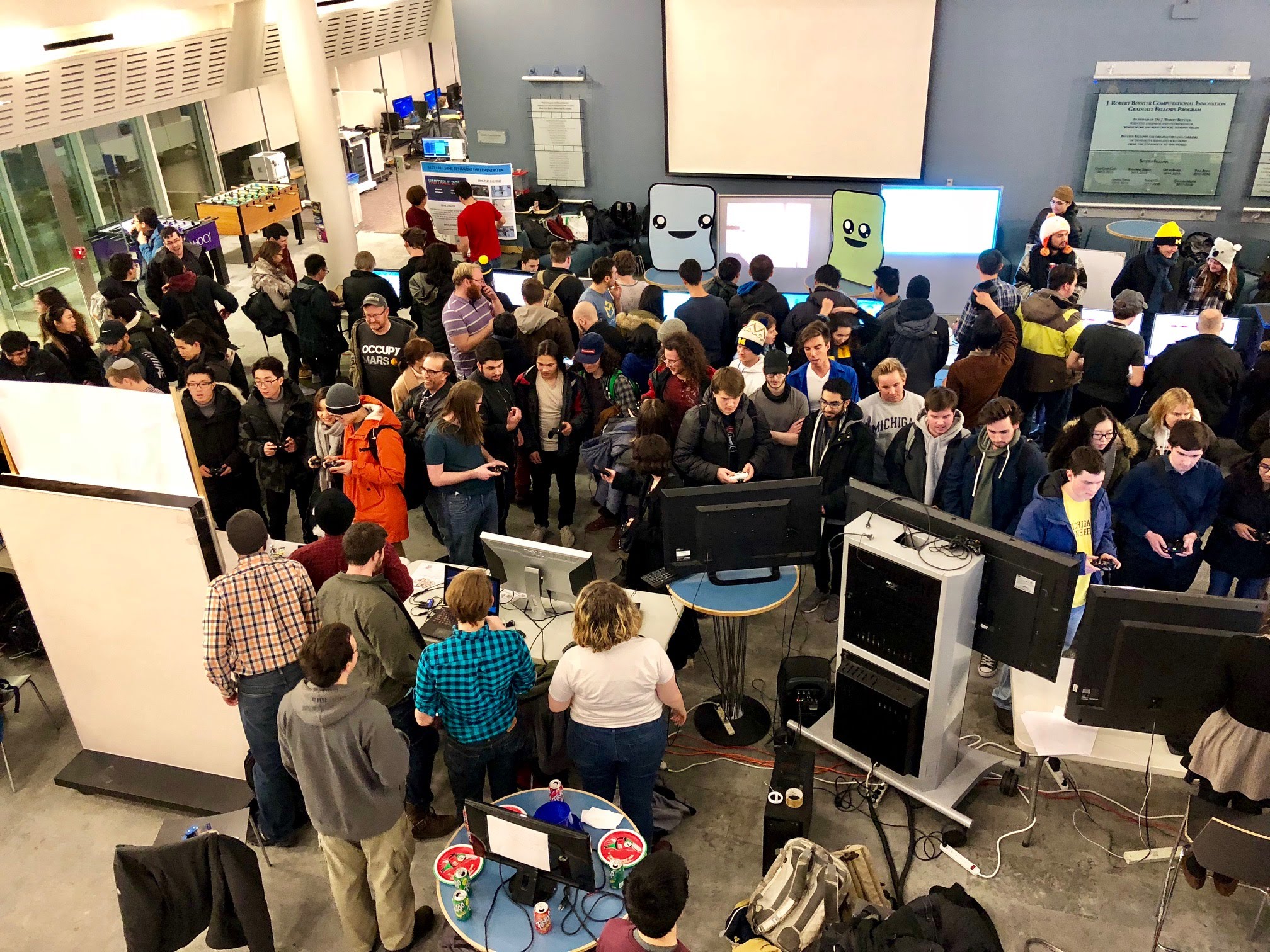
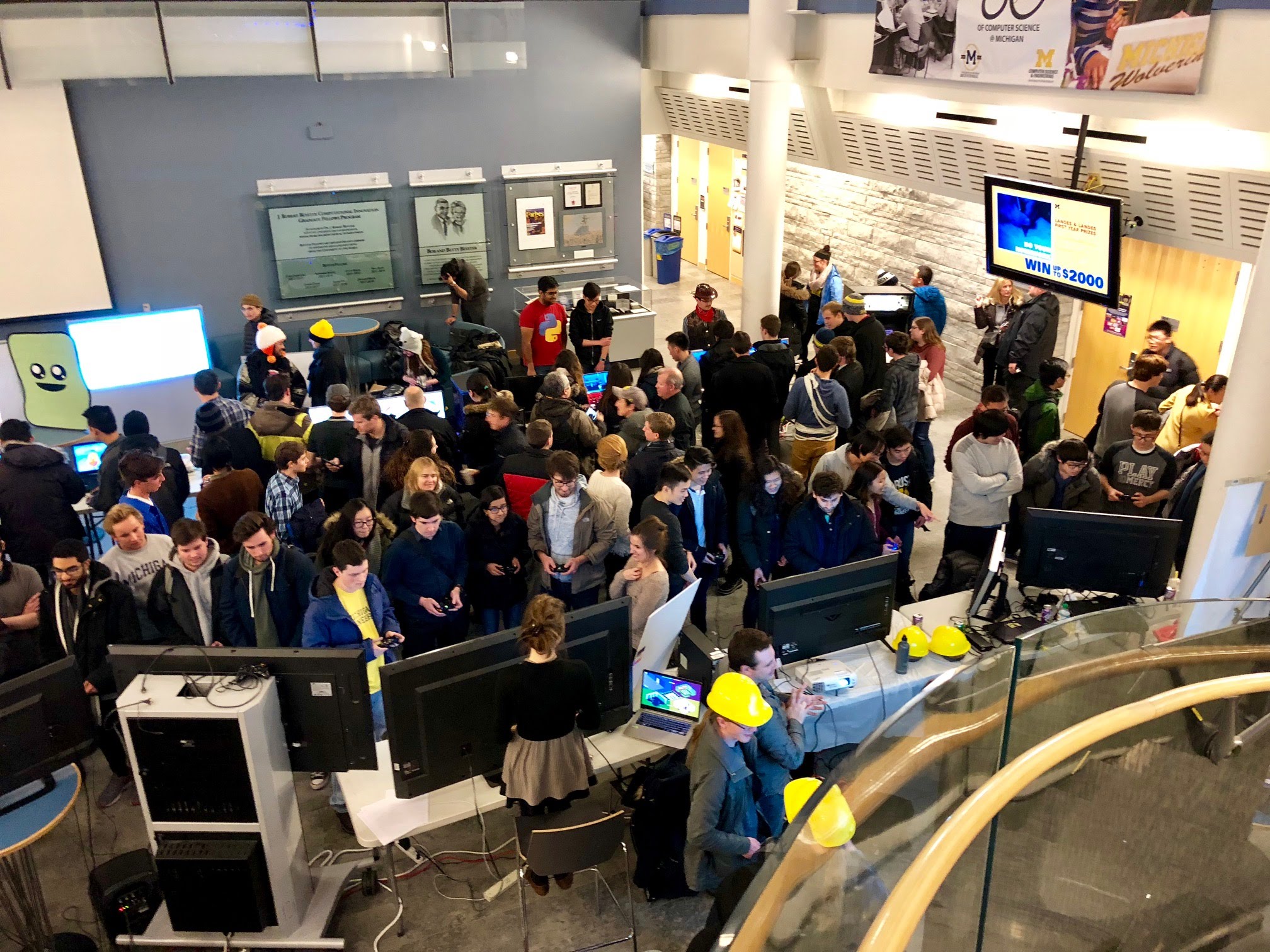
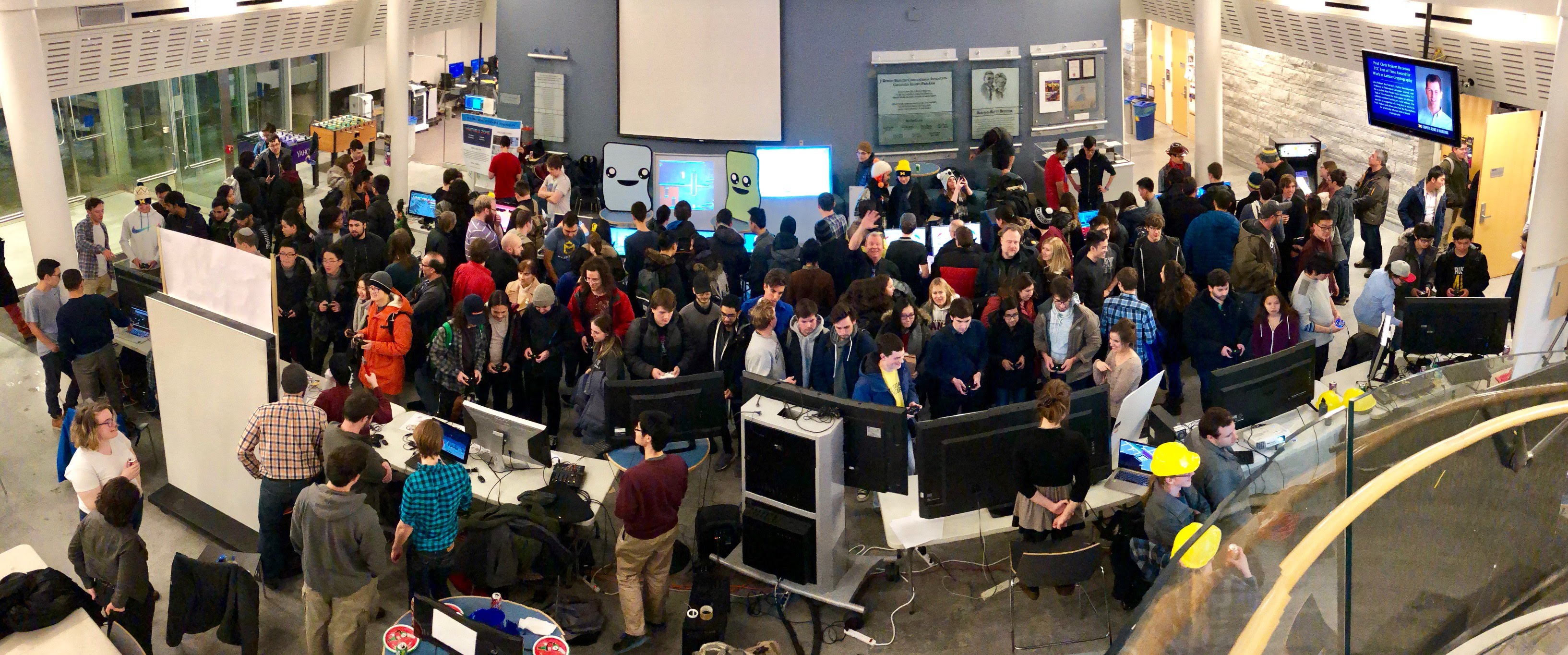
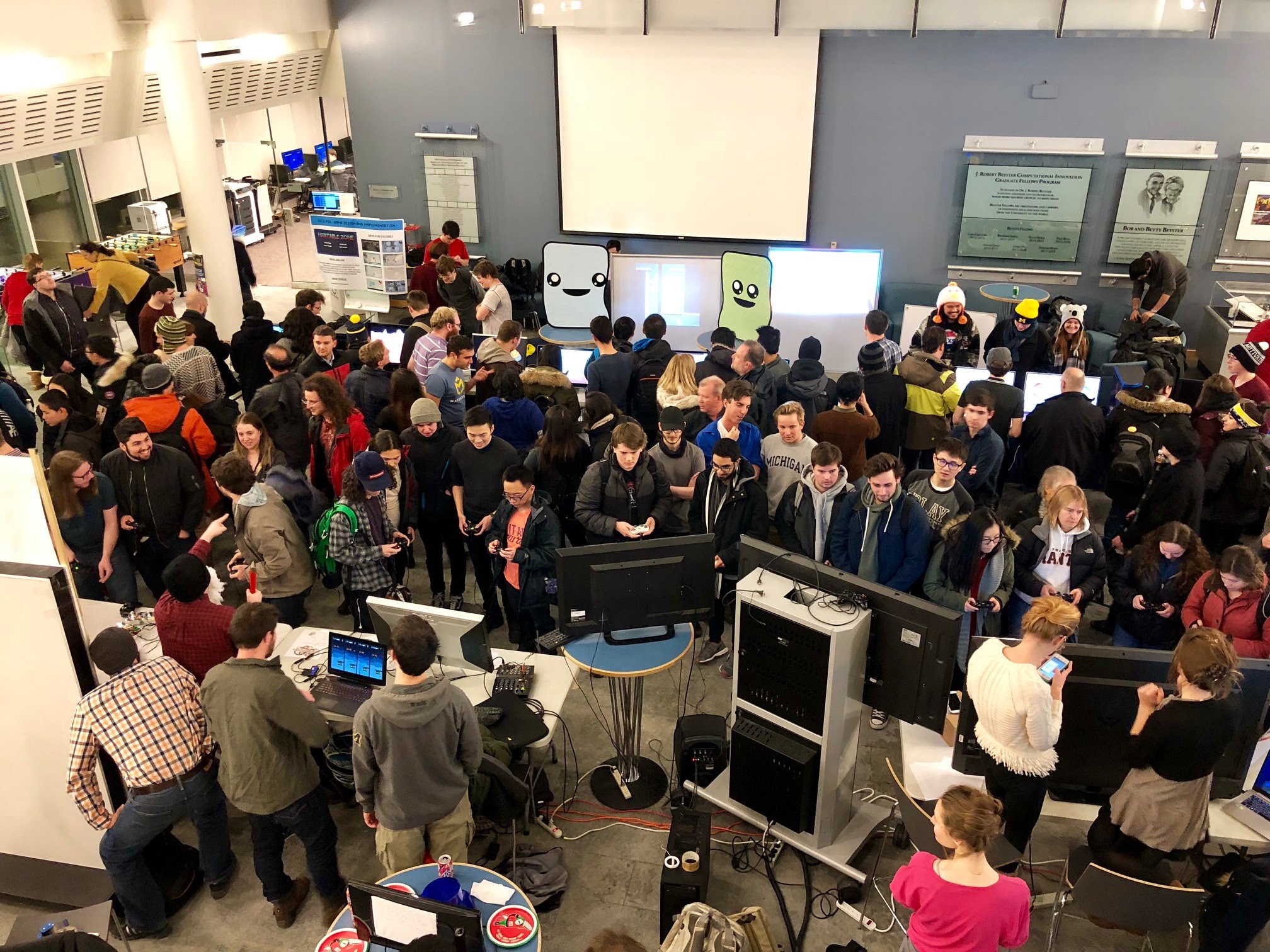
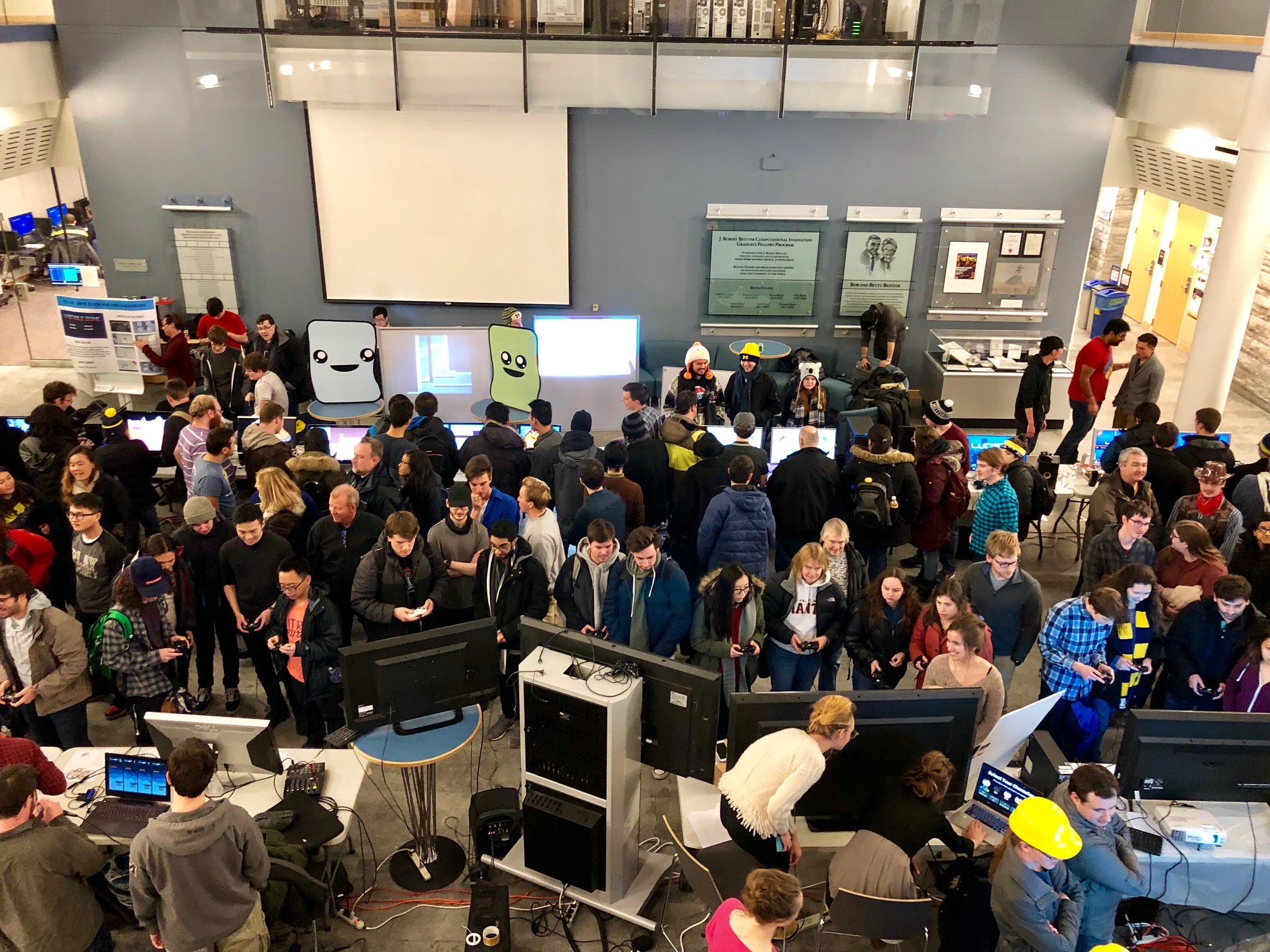
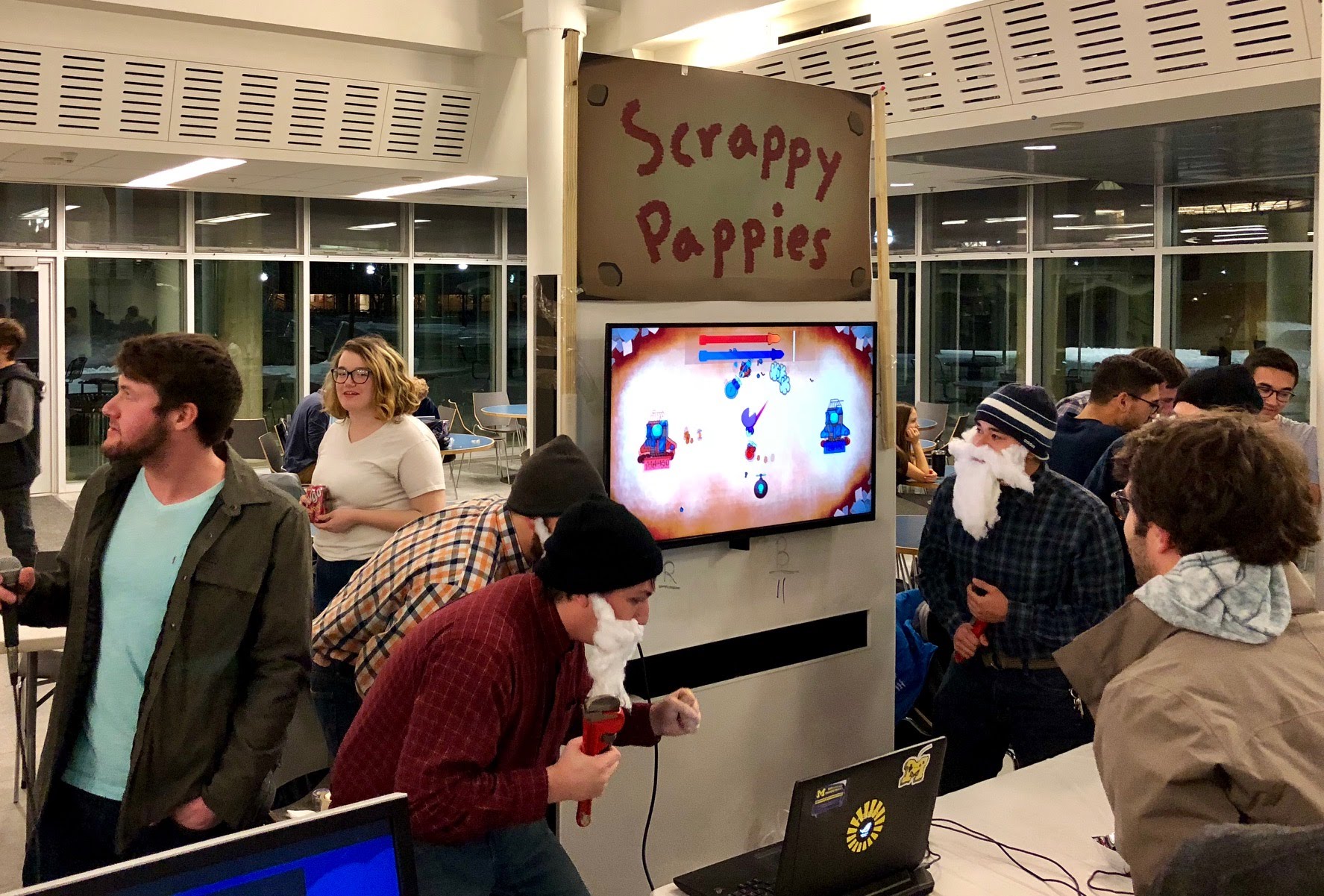
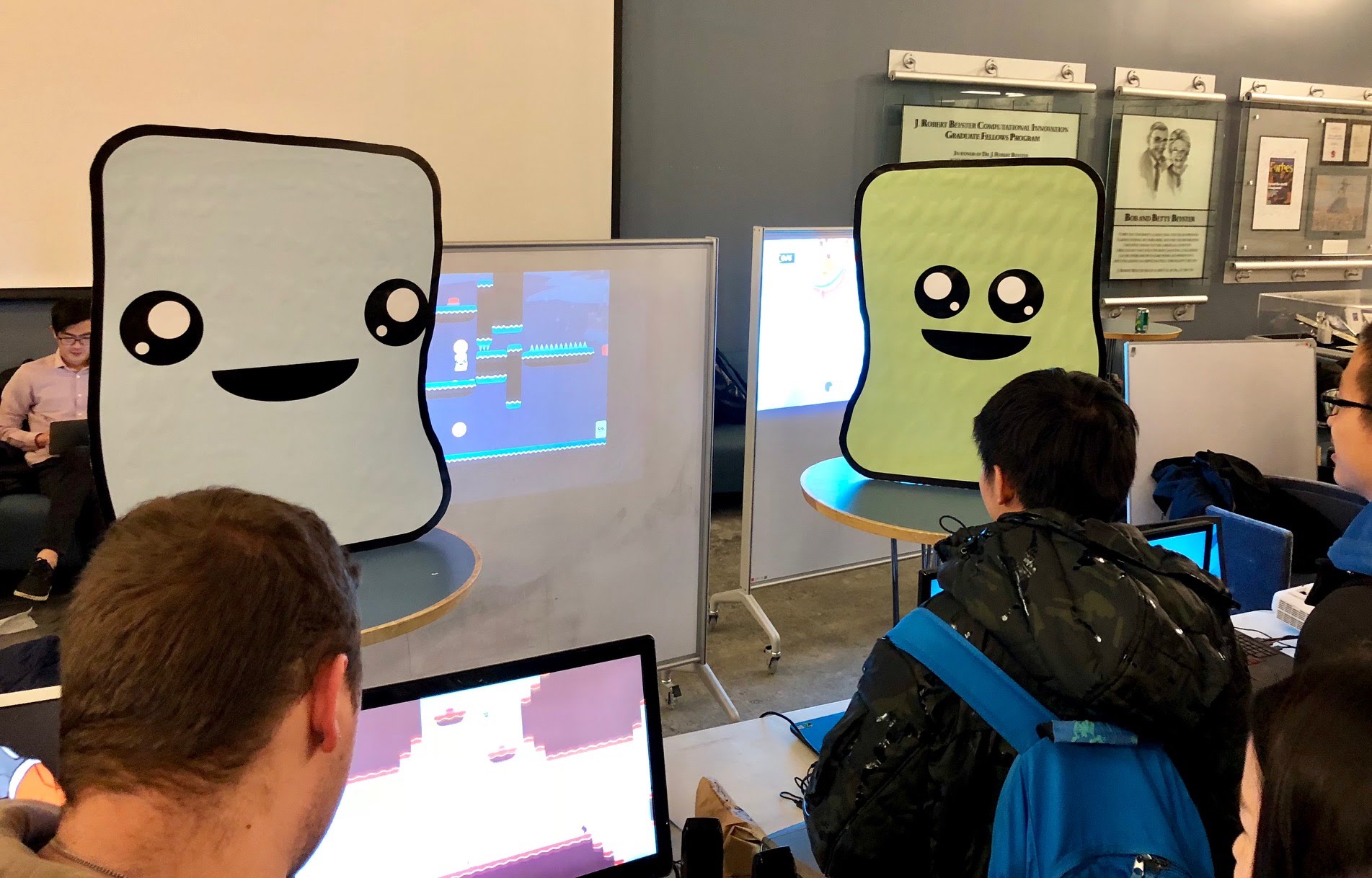
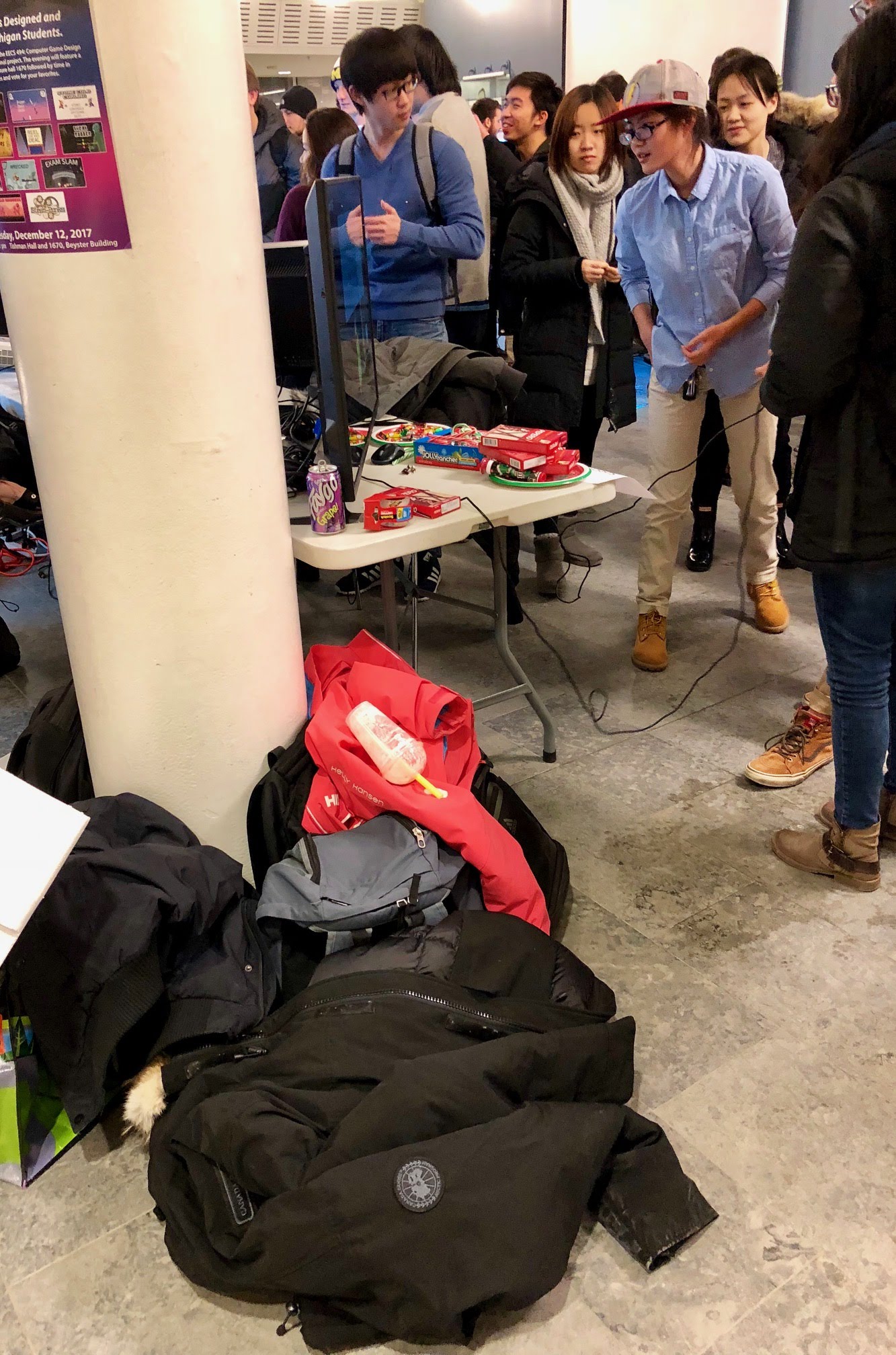
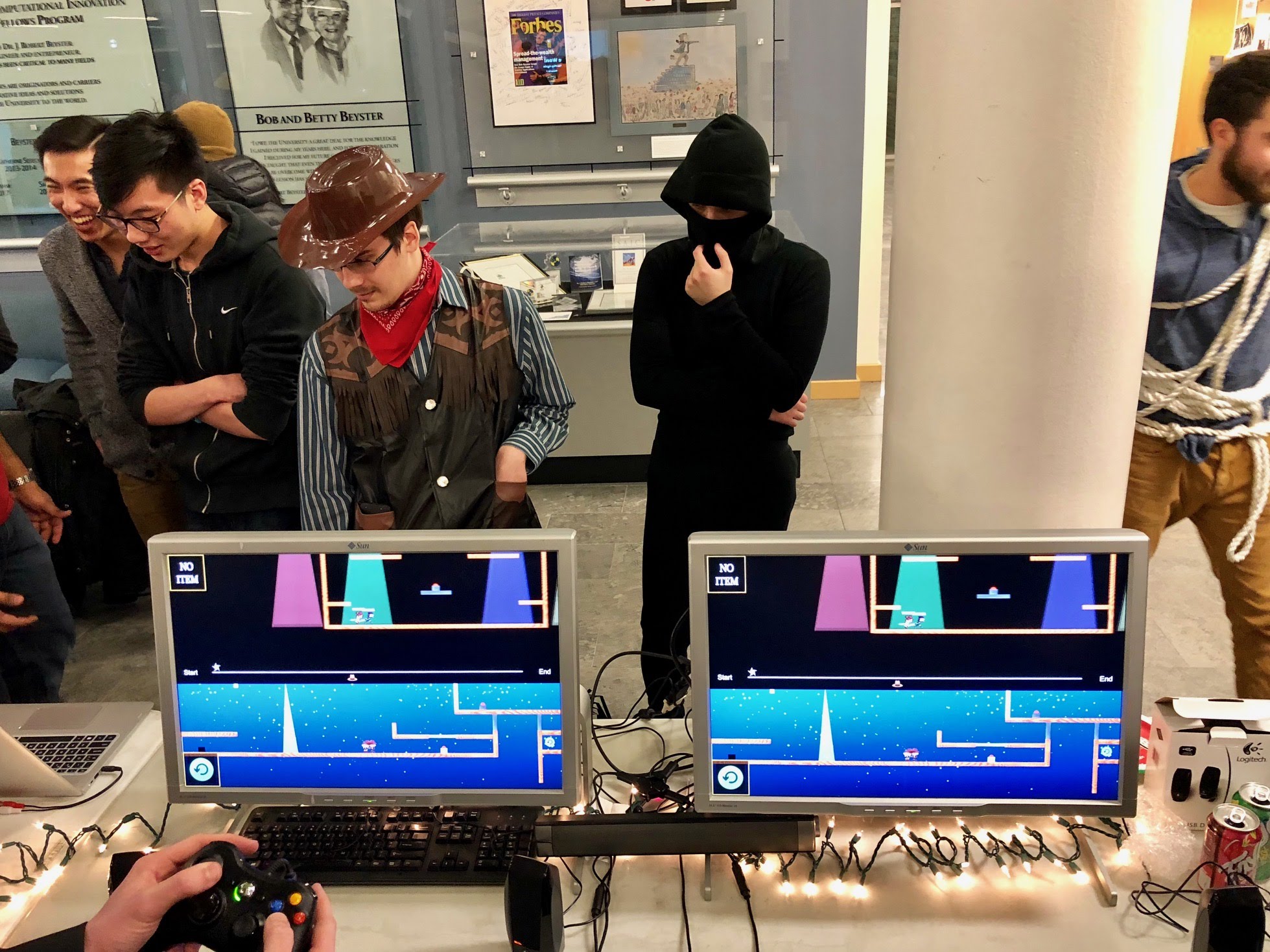
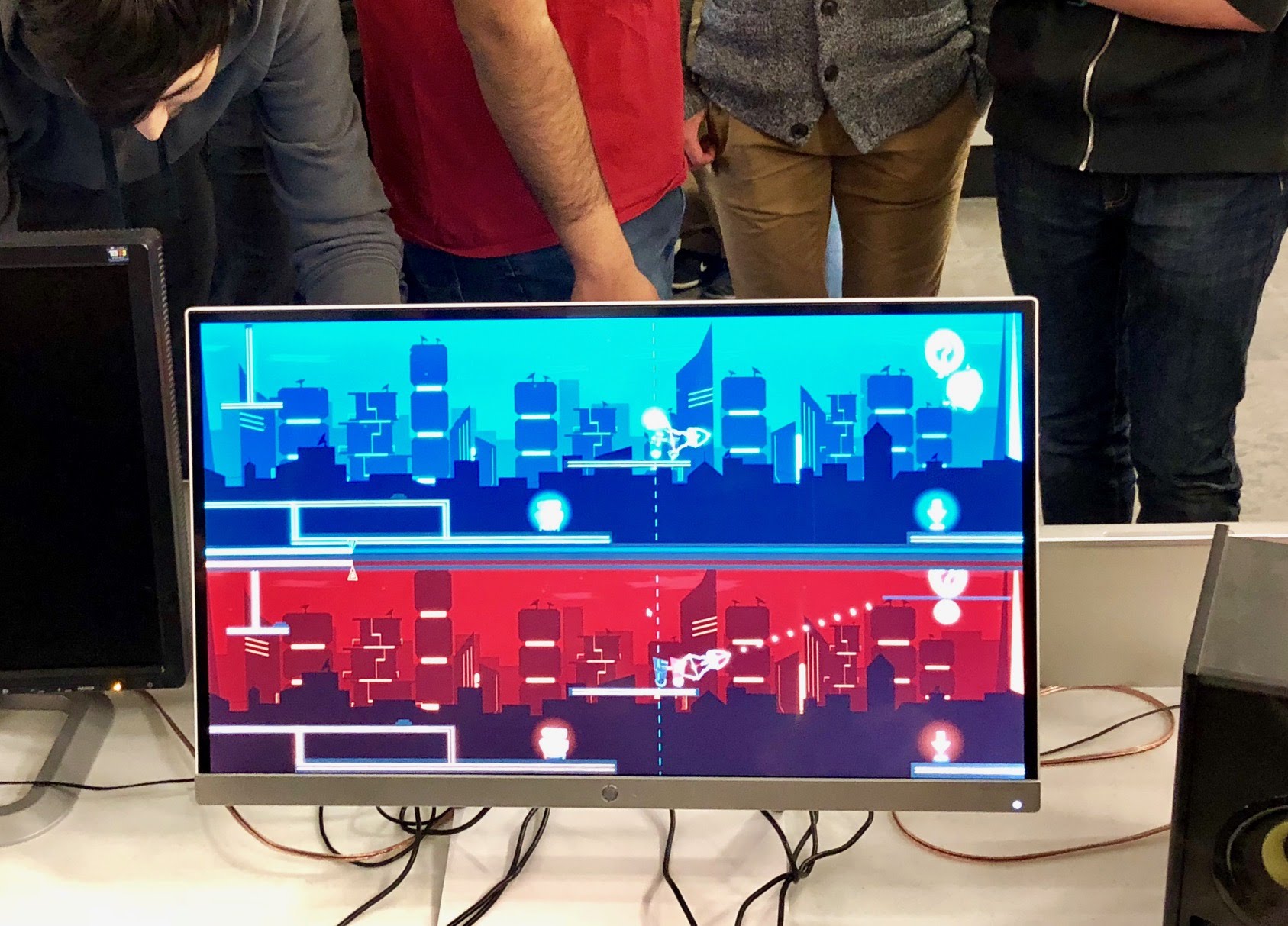
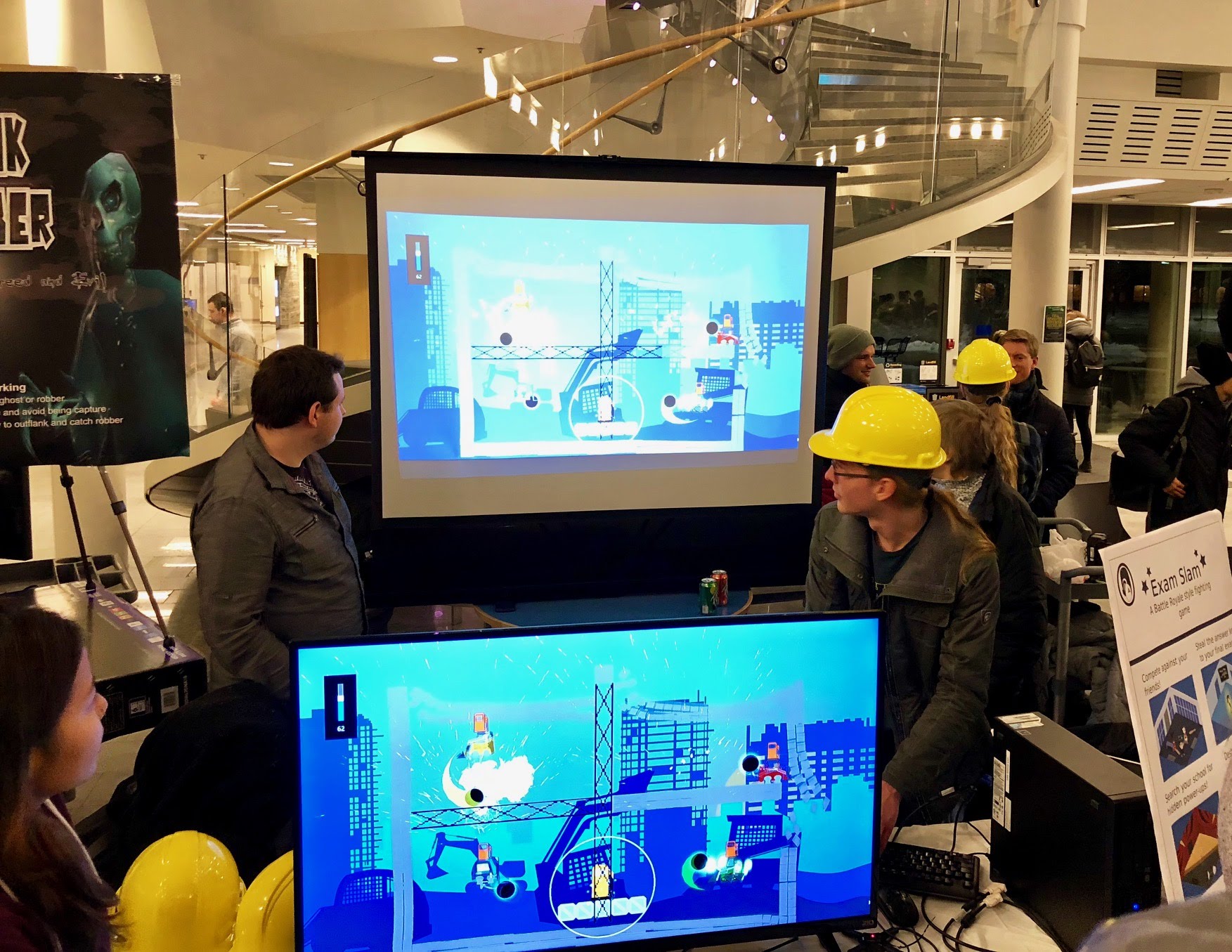
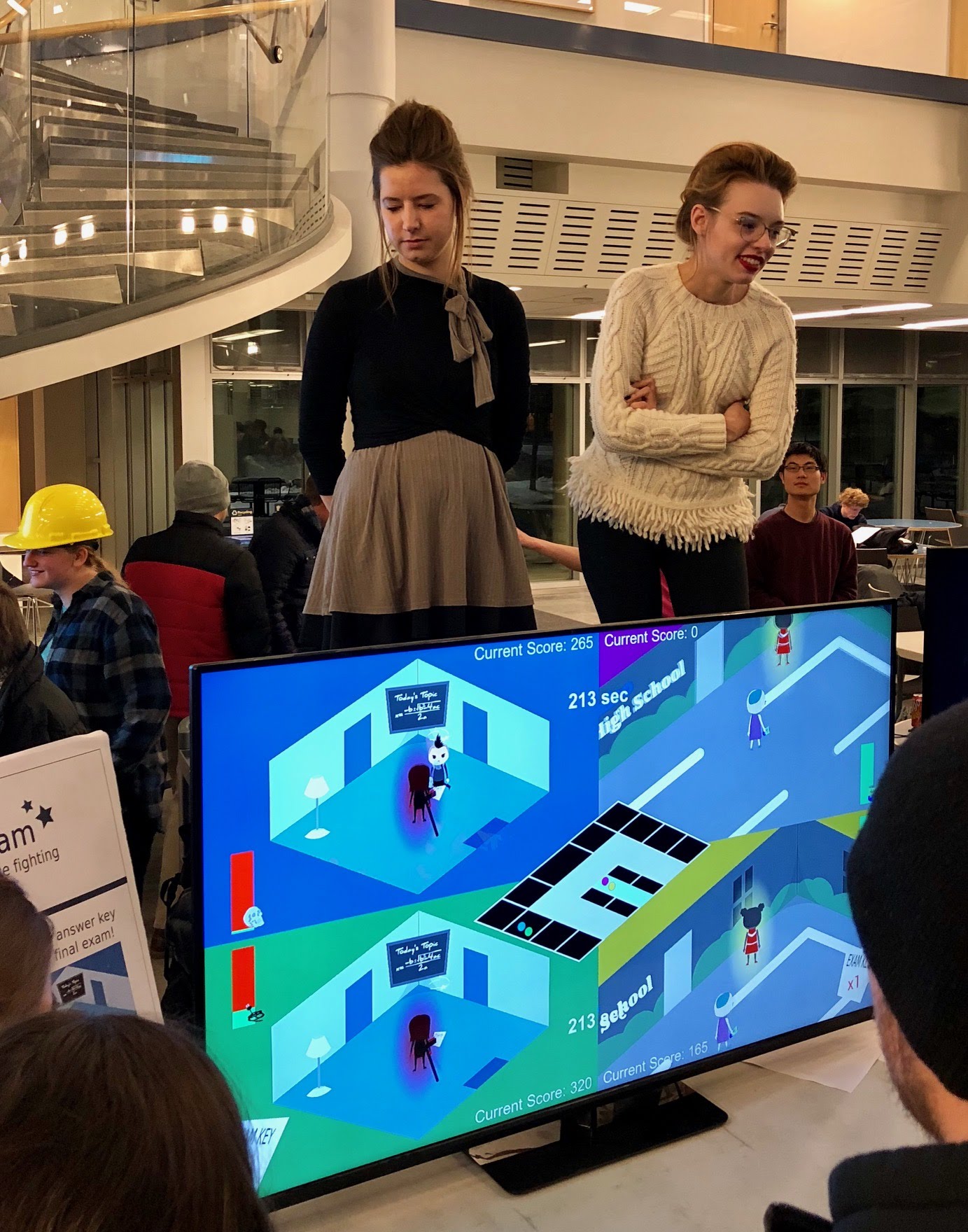
 MENU
MENU 
